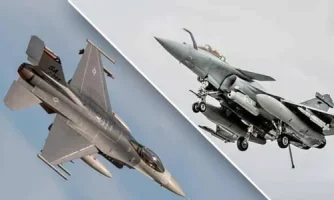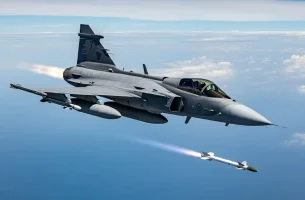- Views: 742
- Replies: 8

The Indian Air Force (IAF) is reportedly prioritizing the development of land-based hypersonic missile systems, while the pursuit of air-launched variants remains a long-term objective. This approach is driven by the significant technological hurdles involved in miniaturizing these complex weapons.
According to an IAF official, current hypersonic missiles are too large and heavy to be effectively deployed from aircraft. Reducing their weight to under 1.5-2 tons, a crucial requirement for operational feasibility, presents a considerable engineering challenge.
This limitation is not unique to India, as no country has yet mastered the technology needed for widespread deployment of air-launched hypersonic missiles.
Experts estimate that achieving this level of miniaturization could take more than two decades, considering the current pace of technological advancement.
Despite the challenges, the IAF remains committed to incorporating land-based hypersonic cruise missiles into its arsenal once they are ready for deployment. These systems, known for their exceptional speed and maneuverability, are considered vital for maintaining a strategic advantage in modern warfare.
In the interim, the IAF is utilizing hybrid solutions like the Rudram III air-launched missile system to address current threats. While not a true hypersonic weapon, the Rudram III possesses sufficient capabilities to meet present operational needs.
DRDO continues its work on hypersonic technologies, which is expected to eventually lead to more sophisticated systems, including air-launched versions. However, the current emphasis is on achieving production readiness for ground-based hypersonic systems.
As these technologies mature and enter production, they could form the foundation for future innovations, such as lighter and more compact air-launched systems. Until then, the IAF is expected to concentrate on other modernization priorities while monitoring global progress in hypersonic weaponry.


